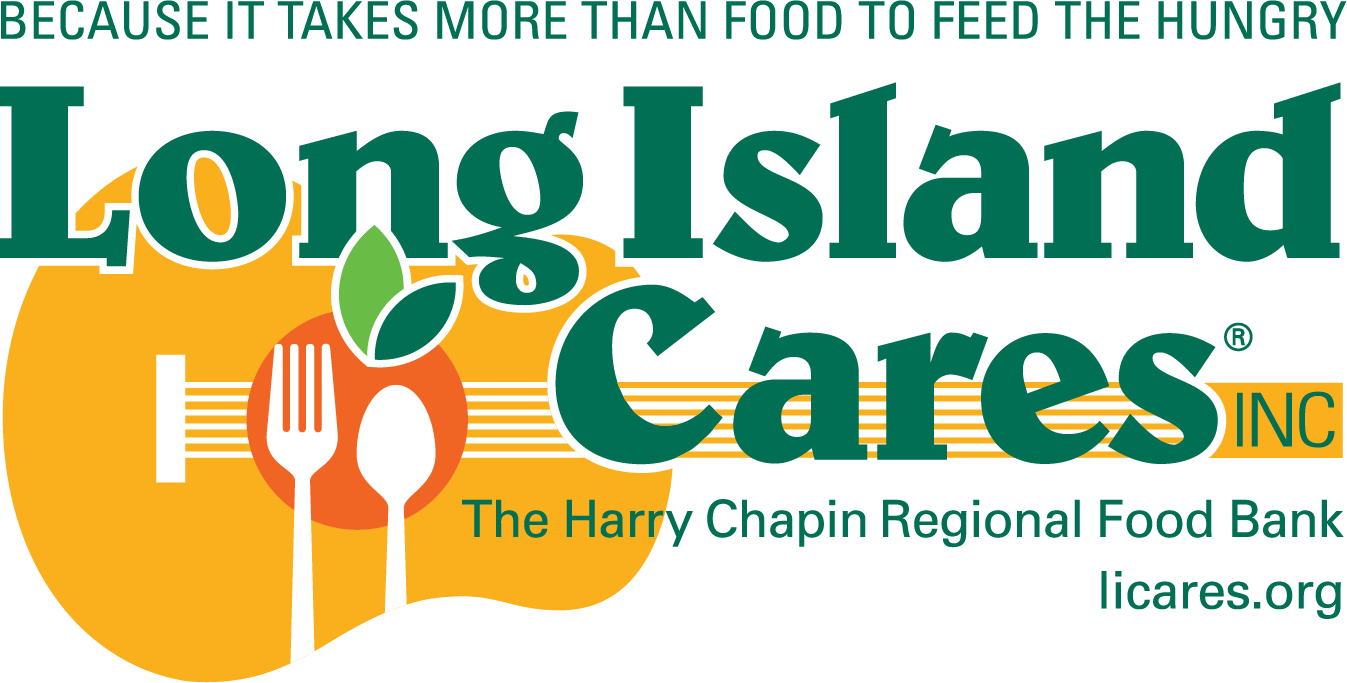How Community-Based Interventions Can Help Improve Food Security
Guest Blogger: Landon D’Agate
An exclusive interview with Dr. Melissa Fuster, Ph.D
I am honored to have spoken with Dr. Melissa Fuster, an expert on social determinants of diet-related health inequities. Dr. Fuster has a special interest in studying Latin-American communities and their diaspora communities. She earned a Ph.D. in Food Policy and Applied Nutrition at the Tufts University Friedman School of Nutrition Science and Policy and a postdoctoral fellowship in food studies at New York University. Before joining the faculty at Tulane University, she was an assistant professor at the City University of New York Brooklyn College. Dr. Fuster’s first book, Caribeños at the Table: How Migration, Health, and Race Intersect in New York City, explores the diverse experiences of Caribbean immigrants, shedding light on their unique cultural practices, dietary habits, and the impact of these factors on their health outcomes.
To watch my complete interview with Dr. Melissa Fuster, CLICK HERE
Addressing Challenges by Communities Facing Food Insecurity
Dr. Fuster explained the definition of food security, which is not just about the quantity but also the quality of food to sustain a healthy life. Many critical food insecurity challenges are centered on economic issues such as poverty and unemployment. In addition to economic access, Dr. Fuster emphasized that a community needs physical access to nutritious food. People need it to obtain nutritious food to avoid suffering from food insecurity and living in a food desert (i.e.,an area, typically an urban or rural neighborhood, where residents have limited access to affordable and nutritious food).
Examples of Successful Community-Based Interventions
Dr. Fuster explained different types of community interventions when addressing food insecurity. There are many approaches to help combat food insecurity, from the direct provision of food through food banks to working with established businesses to improve their selection of nutritious foods. Dr. Fuster made an interesting point that it is imperative that we also provide communities with the tools to enhance food security. There are many examples of how to empower the community, from teaching food budgeting to buying in bulk to practicing techniques to preserve nutritious foods so they last longer. In addition to teaching food security at an individual level, we must create sustainable solutions such as education programs to teach young people about growing their food through farms and gardens.
Community Engagement: The Key to Successful Food Security Programs
Community engagement is critical for a food security program to be successful. How do we encourage community engagement? Dr. Fuster emphasized reaching out to the community to understand their perspective of the problem and potential solutions while showing respect and humility. Community members often have the best solutions to the problem since they have been experiencing it for long periods.
What role does government play in supporting and sustaining community-based food security?
Dr. Fuster explained that government policy is crucial to improving food security in local communities. One example of how the government can help is through zoning laws, allowing farmers’ markets to sell fresh produce in these areas. Government-sponsored economic incentives would help subsidize producers of nutritious foods. Next, tax incentives for producing nutritious foods and related costs would help producers continue to supply fresh produce. Finally, supporting government-assisted programs, including S.N.A.P. (Supplemental Nutrition Assistance Program), W.I.C (Women, Infants, Children), school lunch programs, and elderly feeding programs, are critical in protecting at-risk groups from food insecurity.
